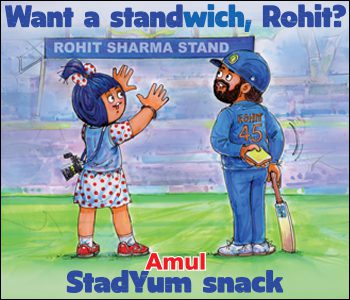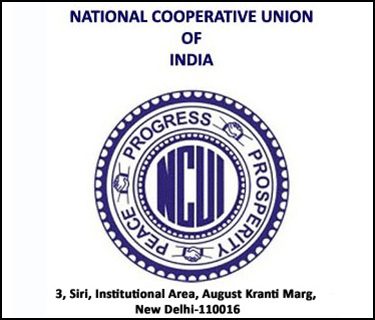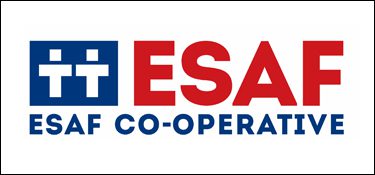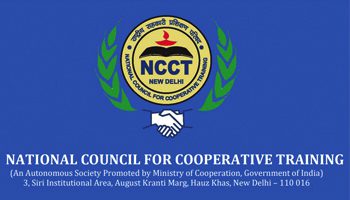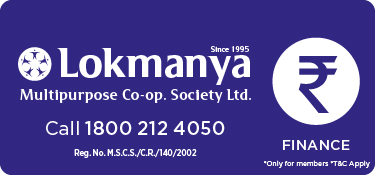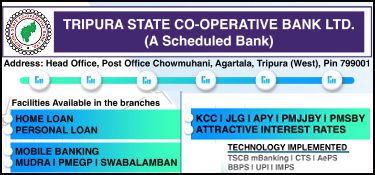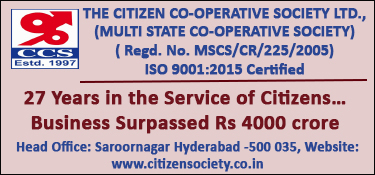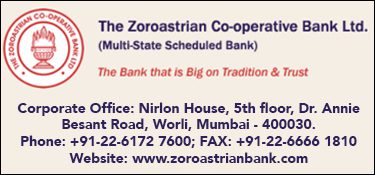By I C Naik
Part 1 (Nov 7, 2016) narrated how simple is a law on managing nominees of members of the C H S in Maharashtra. Part 2 (Dec 2 2016) proved that post release of the Model bye-laws (w.r.t.1984) how this has become nightmarish to housing committees. In this Part 3 the focus is on two serious errors in 2001 Model bye-laws.
UPON DEATH, SHARE IN THE FLAT OF ASSOCIATE IS STRANDED
In Model 2001 the Associate’s Share in the Society’s Property (where the Flat was jointly purchased) is subconsciously recognized. Nominee(s) of the main member can now get transfer of the latter’s share alone. The consequential changes (in bye-laws and in the prescribed forms) for registering the Associate’s nominees and such nominee(s) applying for membership are not made in this Model.
Section 24(2) of the Act does provide for conferring rights of the main member to the Associate through a provision to that effect in the registered bye laws. In none of the Models the Commissioner for Co-operation and Registrar of Cooperative Societies (C C & R C ) has exploited this opportunity. Strangely, Associate’s right is restricted to attending the general body meeting where the main member is absent. Worst situation is that, upon death of the main member, the Associate member instantly ceases to be the member of the Society. His share in the jointly owned flat becomes orphan simultaneously. It belongs to nobody.
WHOLLY MISCONCEIVED INDEMNITY BOND
“The Cooperative Society has no option whatsoever, except to transfer the membership in the name of the nominee. That would have no relevance to the issue of title between the inheritors or successors to the property of the deceased “(extracted from Page 20 of the Apex Court order in C.A. No.4646/4930 dated 10 /03/2016).
By minor change in bye-law 32 the C C & R C has expressly conferred a new right to an Associate Member (going against the Bye Law No 25). So much so this right allows allotting even a part of member’s share/interest ( in the flat+ common amenities). Transfer of a part of the flat (the title in it ) is an added privilege awarded by the C C & R C. Neither the Act nor the Rules envisages such percentage sharing in a dwelling unit. The Apex Court (supra) has drawn attention to a very clear divide “between title to property” and “the membership of housing society” This over enthusiasm brought in a redundant Indemnity Bond. This Bond emanates from combined effect of Para 3 and 4 of Bye Law No 34 and the forms 14.15 & 18 prescribed to give effect thereto. Let’s find out, how.
(Para 3 of Bye Law No 34 reads) “If there are more than one Nominee, on the death of a member, such Nominees shall make Joint Application to the society and indicate the name of the Nominee who should be enrolled as member. The other nominees shall be enrolled as Joint/Associate Members unless the nominees indicate otherwise”.
(Para 4/34 reads) “The nominees shall also file an Indemnity Bond in the prescribed form indemnifying the society against any claims made to the shares and interest of the deceased member in the Capital/Property of the society by any of them, in case only one nominee is indicated by the nominees for membership of the society”.
Four points are worth noting.
i.Joint Application is not a concept in the Society. Form 15 supposed to be a joint application form is drafted to suit one individual alone.
ii.Requirement of Nominees indicating the name of one of them who should be made a member was already removed by the deceased him/herself giving a direction under Para 5 of form 14 in asking the Society to admit the 1st named nominee as the (main ) member. Nominees are not required to do that.
iii. Joint Member is an undefined term in the Cooperative Society law.
iv.The phrase “in case only one nominee is indicated by the nominees for membership of the society” confuses the nominees as there was no need to indicate any name. The case for Indemnity Bond is not convincing.
Two more points:
a.The S C Judgment (supra) has delinked “title to property” from “the membership of housing society” emphasizing on membership to nominee, so that any nominee giving up membership can never make any claim on the Society for title to the flat (in a percentage specified by the deceased.). The Society law does not govern matters concerning member’s title to its property.
b. Sub-section 4 of Section 30 has granted immunity to the Society against such claims.
Source to clumsy drafting:
Where there are more nominees than one, the nominator must specify such percentage of his share in the society’s property, which he would like the Society to transfer to each one of them upon his death. This has to be stated in form 14 as it has been so laid down under Rule 25 as stated in Para 4 of the form. This is absolutely incorrect: neither the Act nor the Rule envisages such sharing of title in percentages.
Form 18 is prescribed to execute an Indemnity Bond by all Nominees; per Para 4 of Bye Law No 34 if other nominees does not join the Society. It is a thoroughly confusing process :
i.It is designed to be executed by No 1 Nominee and submitted with his application in form 15 requesting the Hon. Secretary to admit him as the main member [ though Per Para 4 of the Bye Law No 34 other nominees to execute the Bond if they refuse to join the Society as its members]
ii. In Para 4 there is a thoroughly confused 2 line declaration by applicant to become a main member namely :
a) “I am duly authorized by the above nominees to make an application for Membership of the Society. [No document evidencing such authority is prescribed]. There was no need for other nominees to indicate any name as Nominator has identified that to be number1 Nominee.
b) My name appears first in the said nomination Letter” ( This is contradicting line 1).
iii.In Para 7 the Nominee No 1 urges “ I have made an application for membership of the said society and for transfer of the shares and the interest of the said deceased member in the said flat to my name.”
iv.In Para 8 strangely Nominee No 1 agrees to indemnify the Society against any claim by other nominees.
v.Para 9 alone of the Indemnity Bond (form 18) is a disaster in itself. It reads;” We are conscious of the fact that the society admits us as its Joint/Associate members in place and instead of the said deceased member of the society on the basis of the this indemnity and undertaking”
THE CONFUSION:
- Indemnity is executed by main member alone, though Bye Law No 34 requires it to be executed, by other nominees refusing to join the Society as its Joint/Associate members.
- Despite above these dissenting nominees confirm that they are admitted as Joint/Associate members on the basis of the indemnity and undertaking.
- Where is their application for membership?[Rule 19(1).]
- They are only witnesses to main member’s signature on Bond and not executors of the Bond.
THE CONCLUSION
The Committee and members will sign forms as advised by the advocate for a hefty fee. Neither does the advocate nor the applicant understand what was the Indemnity for and the Indemnity Bond being of no consequences the process goes on.?










